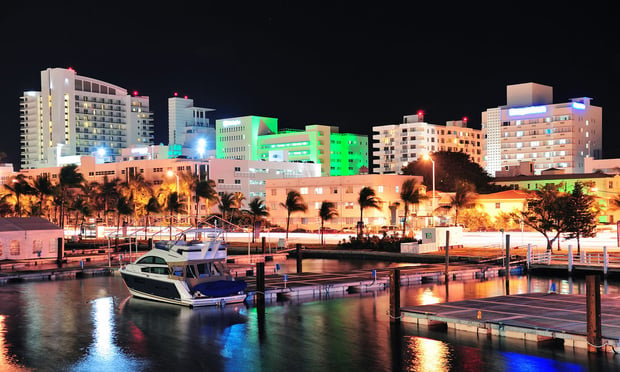SAN DIEGO-“There seems to be a very broad economic recovery underway,” stated Arne Sorenson, president & COO of Marriot International, during a big brands panel discussion. “Yes, there are structural issues.” These could become obstacles to recovery if they arise, he noted, but he is optimistic about lodging’s next few years.
The panel, labeled “Hotel Leaders Outlook – The Big Brands’ Perspective” was moderated by Scott Berman, principal, Pricewaterhouse Coopers and joining Sorenson on the panel were: David Kong, president & CEO, Best Western International; Raymond Bickman, Taj Hotels; and Frits van Paasschen, president & CEO, Starwood Hotels & Resorts.
In general, the group agreed with Sorenson’s positivity. Kong pointed to the stock market being a good leading indicator for lodging and van Paasschen felt the “unfolding of the economy” from 2010 will continue. The key things to watch for the coming years are immigration and technology. Sorenson posited that there will be roughly 100 million outbound Chinese travelers and that the US’s share of that could be around 6%. This would create an incredible opportunity for everyone involved in the travel and entertainment industries.
“Inbound travel to the US is an export,” Sorenson implored. He recounted his attempts to convince the government of his way of thinking, with some progress, but less success. The point is that allowing easier paths of travel for tourism could drastically increase jobs, profit and solve some of the availability issues facing the industry. Kong seconded that motion, “We are all vying for a bigger piece of the pie. But if the pie is beigger, it’s better for all of us.”
Kong related that the general timeframe in China for a travel visa was 40 days, whereas most other countries averaged three to four days. These are already large barriers for their travel, so to make it easier on the US side would incentivize tourism from there. The government’s concerns, however, are with safety and making it easier for people to travel into the US creates those problems, as well.
Kong doesn’t believe this has to be an issue. Simply by using technology to reduce wait times in the airports, it would make it easier for foreign travelers and not reduce the safety measures needed.
Tackling the leisure markets and luxury segment, van Paasschen suggested that “when businesses feel comfortable again, they will travel” and that it will eventually come back. “People can never have too many experiences,” he said. “People have a great appetite for it.” Bickman added that there are pockets of the world where the resort markets are very competitive, but in general it is “still spongey, but occupancy increasing will need time.”
As far as another boom and bust, which drastically affected room rates, the panel noted that the construction discipline won’t be a problem this time around, since there is much less debt available. This lower pipeline should help bring room rates back up, but Kong was not as positive. “Average occupancy is still below 60%,” he noted. “That needs to be addressed before we can raise rates.”
Some of these rates and occupancy issues point to OTAs. The panels did not feel the OTAs were particularly bad for them in the sense that price transparency hurt hotels. They roundly rejected the idea that transparency is bad, they even felt it was good for the industry because rates still go up. The real issue at hand, felt Kong, was that the OTAs work out deals with each of the hotels, but advertise that only they can give discounted rates. Essentially, he noted, the OTAs are training the consumer to focus on price, not brand. While the transparency isn’t an issue, some of the brand management adjustments need to be fixed.
Sorenson looked to the rewards programs which have been incredibly successful for Marriot. Kong agreed that there was little to replace the database and metrix you get from a rewards program. Sorenson also pointed to the mistake of airlines in “cheapening their currency” with mile programs, then limiting usage with a series of increasing restrictions, training customers not to care. Hotels should be careful not to repeat those mistakes.
Want to continue reading?
Become a Free ALM Digital Reader.
Once you are an ALM Digital Member, you’ll receive:
- Breaking commercial real estate news and analysis, on-site and via our newsletters and custom alerts
- Educational webcasts, white papers, and ebooks from industry thought leaders
- Critical coverage of the property casualty insurance and financial advisory markets on our other ALM sites, PropertyCasualty360 and ThinkAdvisor
Already have an account? Sign In Now
*May exclude premium content© 2024 ALM Global, LLC, All Rights Reserved. Request academic re-use from www.copyright.com. All other uses, submit a request to [email protected]. For more information visit Asset & Logo Licensing.







